The US secretly slipped ATACMS to Ukraine with more to come, putting high-value Russian targets in danger
US lawmakers have finally cleared the way for Ukraine to receive additional security assistance.
Officials say as part of the influx in weaponry, Ukraine will receive a fresh batch of ATACMS.
Kyiv used these long-range missiles to batter Russian helicopters in multiple strikes last year.
The US is slated to send Ukraine more of the powerful long-range tactical ballistic missiles that Kyiv's forces have used to devastate Russian airfields in strikes deep behind the front lines.
President Joe Biden on Wednesday cleared the last obstacle for Ukraine to receive additional aid, including MGM-140 Army Tactical Missile Systems, also known as ATACMS, as part of a crucial influx of military aid to the country.
Ukraine secretly received a shipment of ATACMS earlier this year and recently used them in long-range strikes, according to multiple reports, and US lawmakers have suggested that more of the deadly missiles could be on their way to Kyiv within a matter of days.
Ukraine has previously demonstrated it could effectively target Russia's high-value assets in the rear with ATACMS, which experts say presents a significant dilemma for Moscow. More such missiles could allow Kyiv to continue this trend.
"This is going to cause the Russians to change a lot of their strategy and tactics," Dan Rice, a former US Army artillery officer, told Business Insider.
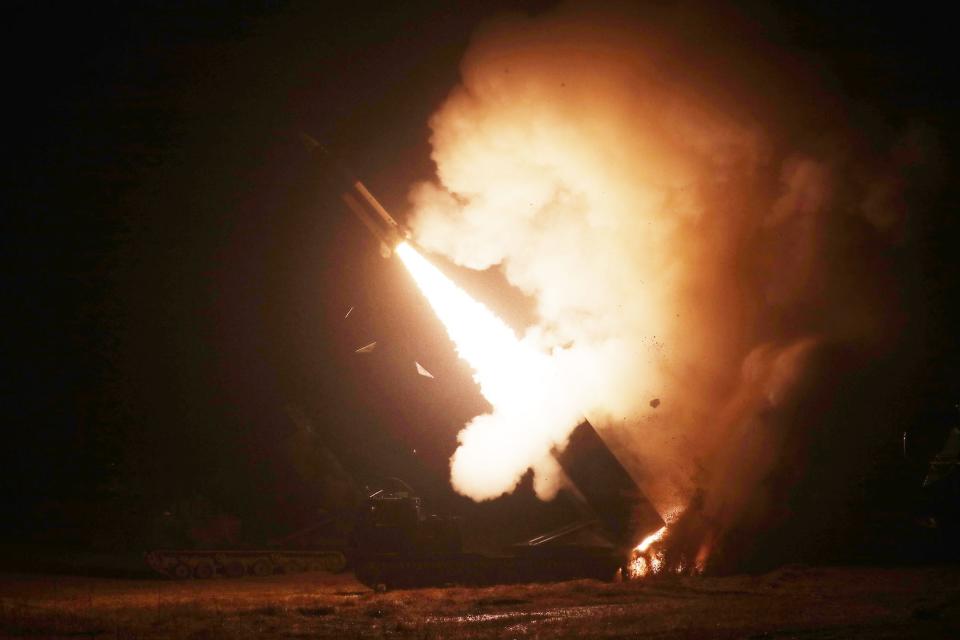
Throughout the war, Ukraine has routinely pressed Washington to provide ATACMS so it could hit high-value Russian targets deep behind enemy lines. After secretly obtaining a small number of the missiles from the US, Kyiv eventually debuted them last fall by striking two Russian airfields in occupied areas of eastern Ukraine.
Kyiv used the M39 ATACMS variant in those attacks. A highly lethal cluster missile with a range of around 100 miles, the M39 is packed with 950 anti-personnel and anti-materiel M74 bomblets, which are released mid-flight and dispersed over a large area, giving the weapon the ability to cause significant damage.
The two strikes destroyed more than a dozen Russian helicopters, assets critical to Moscow's operations, as well as an air-defense missile launcher, vehicles, and ammunition depots, according to Western intelligence. After the attack, Ukrainian President Volodymyr Zelenskyy remarked that ATACMS had "proven themselves."
Since last fall, there has not been any public confirmation from Kyiv or Washington of additional Ukrainian strikes involving the missiles.
But on Wednesday, The New York Times and Reuters reported that the Biden administration had secretly shipped long-range ATACMS variants to Ukraine earlier this month as part of a $300 million security assistance package announced in March. Kyiv then immediately used the missiles to strike a Russian military airfield in the occupied Crimean peninsula last week, US officials told the outlets.
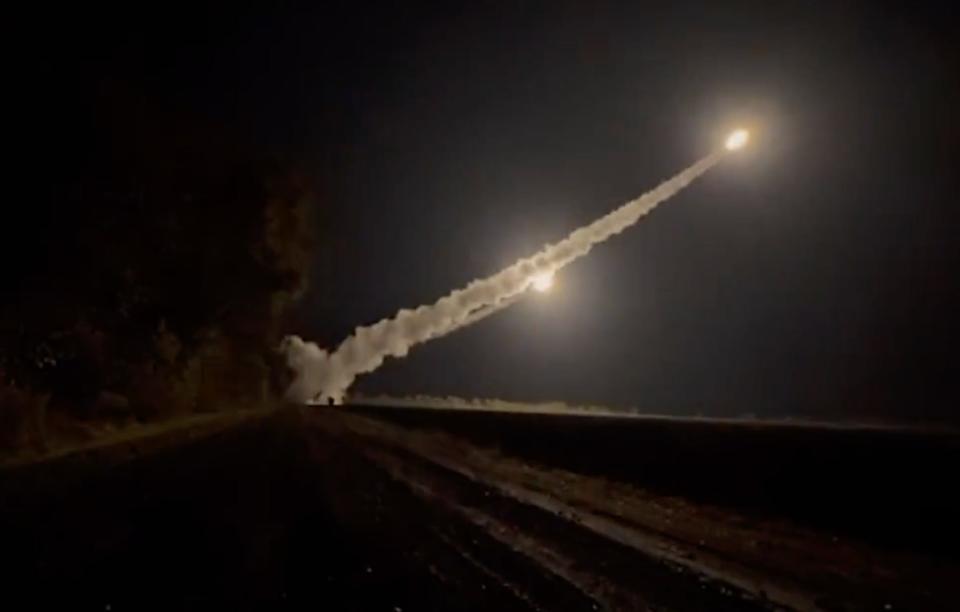
Over the weekend, House lawmakers passed legislation that requires the transfer of additional ATACMS to Ukraine as part of a crucial $61 billion aid package for the war-torn country that has spent months in limbo.
With this legislation having finally cleared its toughest hurdle, Sen. Mark Werner, chairman of the Senate Intelligence Committee, told CBS' "Face the Nation" on Sunday that he hoped ATACMS would be in transit by the end of this week.
And after speaking with Biden on Monday, Zelenskyy said, with regards to an agreement on ATACMS, that "all the details have been finalized."
It is unclear exactly which ATACMS variants Ukraine will receive going forward. Beyond the 100-mile-range M39, the US has two other versions that can both travel up to 190 miles; one ATACMS variant scatters some 300 little bomblets, while the other has a unitary warhead.
Ukraine has repeatedly pressed Washington for the longest-range versions of the missile, which were reportedly used in last week's strikes in Crimea. It's unclear if Kyiv used the cluster missile variant or the one with a unitary warhead in the attack to hammer Russian air-defense systems and radar stations.
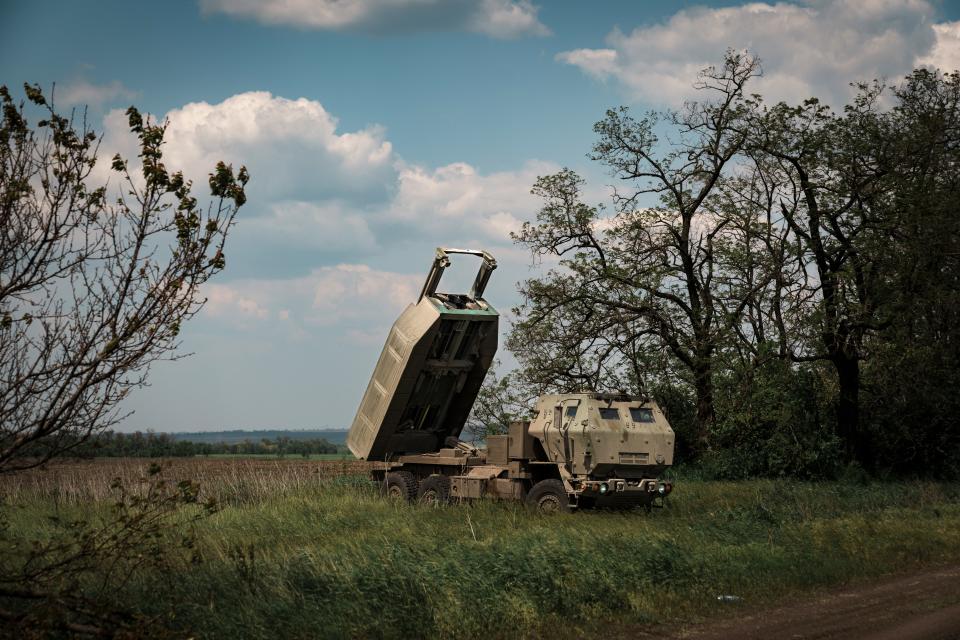
All of the ATACMS can be fired from Ukraine's existing inventory of High Mobility Artillery Rocket Systems, or HIMARS, and M270 Multiple Launch Rocket Systems, but different ATACMS variants could be used to go after different targets, said Rice, who previously served as a special advisor to Ukrainian military leadership.
The cluster variants, which are known as area weapons, can be used to target large troop concentrations — exposed or in trenches — while also destroying fuel, ammunition, and armored vehicles kept in the immediate vicinity.
The unitary warheads, on the other hand, can be used to go after targets like bridges, command and control facilities, supply depots, or well-protected bunkers because they release one large explosion instead of dispersing submunitions over a broader area.
"Having the combination just makes these HIMARS launchers more lethal [and] puts more pressure on the Russians in all of the areas within 300 kilometers of the front lines," Rice, a longtime advocate for sending various cluster munitions to Ukraine and now the President of American University Kyiv, said.
Regardless of the variant, the arrival of additional ATACMS will likely compel Moscow to change its strategy and tactics. Experts previously assessed that Russia's military leadership will have to balance how to protect and relocate vulnerable assets that are within range of the missiles without actually reducing their combat value.
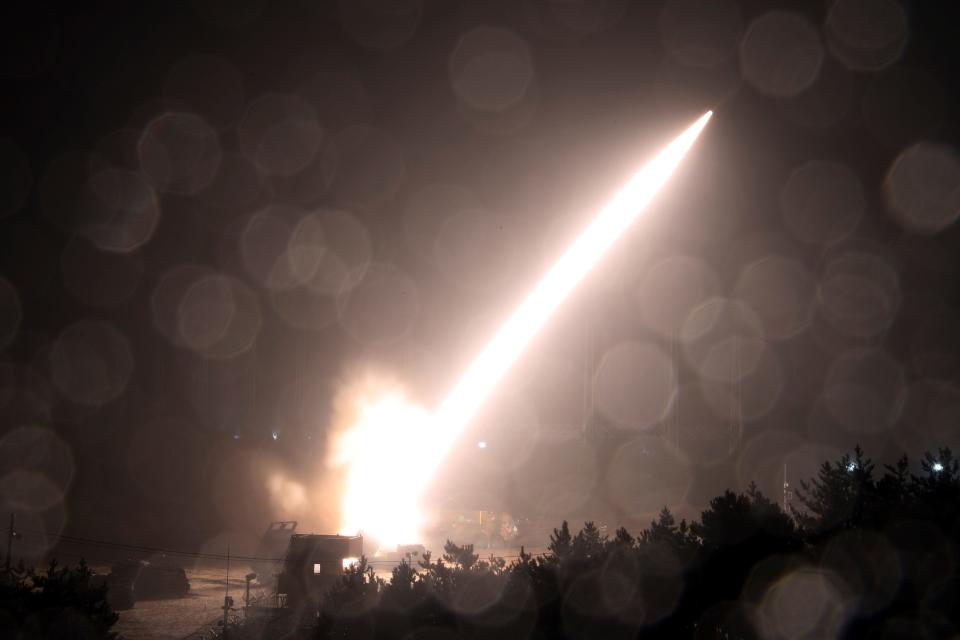
Rice said the anticipated arrival of more ATACMS could force the Russians to push its supply depots, command and control nodes, and attack helicopters even farther from the front lines. By doing this, he added, Ukraine is going to make it "very difficult" for Moscow to wage war against Kyiv's forces.
The passage of additional funding for Ukraine this week comes at a critical time for Kyiv's forces, who have been facing an increasingly grim outlook on the battlefield as they run low on much-needed artillery ammunition and air-defense munitions.
Russia, meanwhile, has made notable advances over the past few months. US, Ukrainian, and Western officials, as well as war experts, have warned that without additional security assistance from Washington, Kyiv may continue to lose ground.
Pentagon Press Secretary Air Force Maj. Gen. Pat Ryder told reporters at a Tuesday briefing that with the passage of the Ukraine aid package, the US can at last "surge life-saving security assistance" to Kyiv "as quickly as possible."
"Much more to follow in the days ahead," he added, "but needless to say we understand the importance and the urgency and are doing everything we can to be poised to respond quickly."
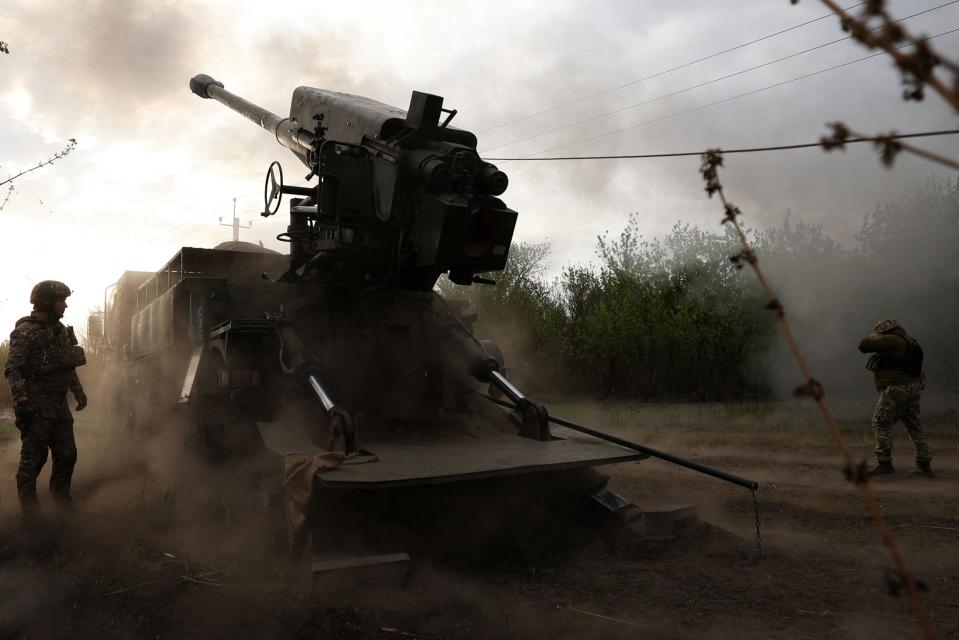
After Biden signed the legislation into law on Wednesday, the Pentagon immediately announced a $1 billion security assistance package for Ukraine. While the statement did not specifically mention ATACMS, it said the package contains "additional ammunition" for the HIMARS, which could include ATACMS.
This massive military aid package also includes air-defense interceptors, artillery ammunition, armored vehicles, anti-tank weapons, and other lethal equipment.
If Russian President Vladimir Putin "triumphs in Ukraine, the next move of Russian forces could very well be a direct attack on a NATO ally," Biden said on Wednesday. "That's why we're supporting — and surging support now to — Ukraine, to stop Putin from drawing the United States into war in Europe and in the future."
Read the original article on Business Insider

